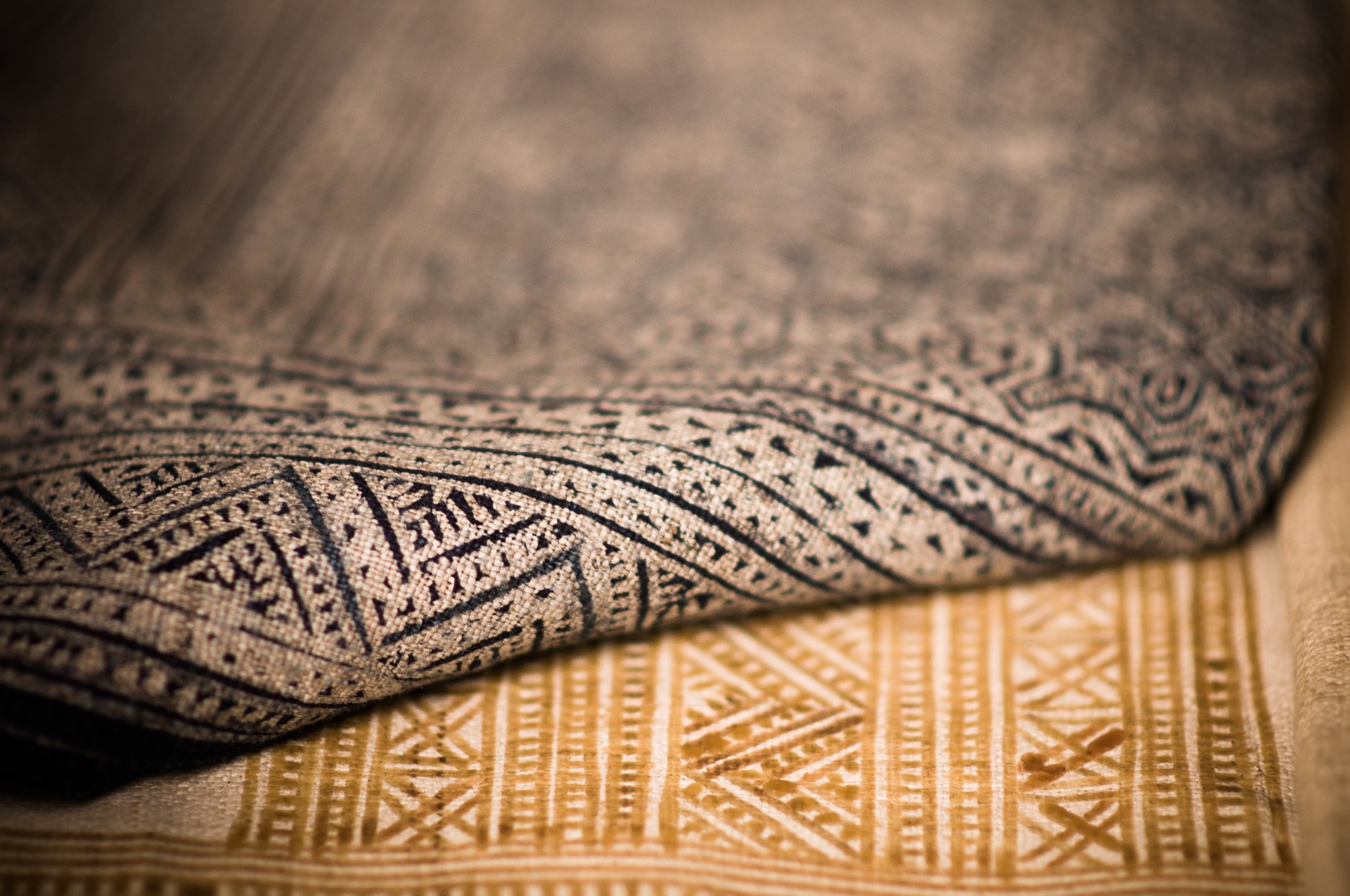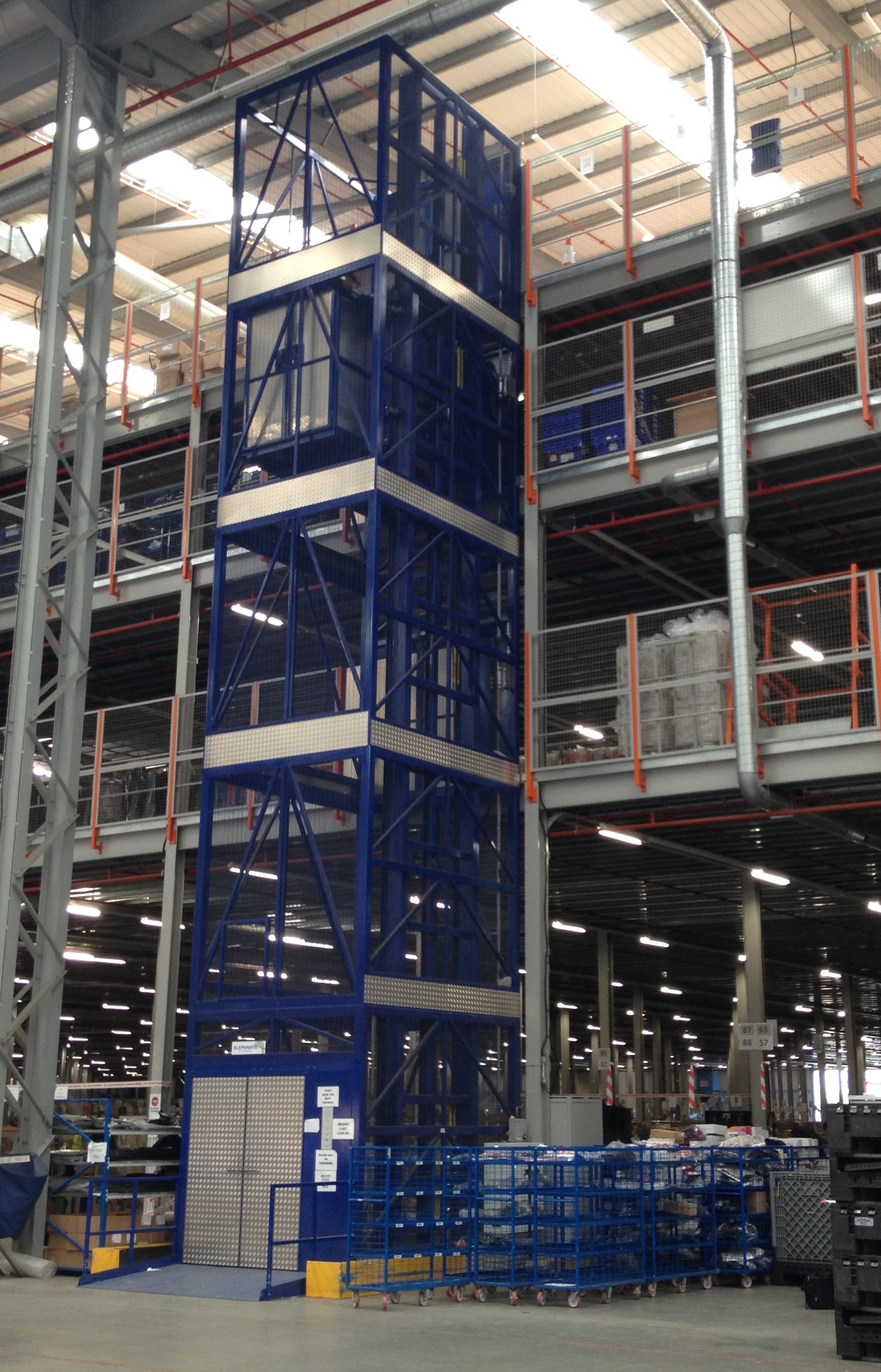NDT or nondestructive testing is a way of testing without ruining the casting. This implies that the component or casting can be used and this testing method has put no damage or harm on it. Many non-destructive testing equipments are available today in the market that can be used by experts to perform NDT to ensure that materials can continue to operate to their maximum capacity with the assurance that they won’t fail within predetermined time lines.

Experts perform non-destructive testing to ensure the quality of raw material to processing methods. Besides ensuring the quality, integrity and reliability of the plants and components, NDT methods find extensive applications for residual life assessment, condition monitoring, energy audit, etc. People can use several NDT techniques on following criteria-
- Defect type
- Material type
- Defect size
- Defect location
What methods are used by experts for NDT?
There are certain types of NDT methods that experts perform-
- Volumetric examination method
- Surface examination method
- Integrity examination method
- Condition monitoring method
- Special NDT methods
There are two sub-methods under volumetric examination method-
Ultrasonic testing –UT
It uses high frequency sound waves to detect changes or imperfections in properties within the materials. Experts use this method to measure thickness of a wide range of metallic and nonmetallic materials where one side access option is available.
Radiography testing – RT
It uses an x-ray device as a source of radiation that passes through the material and is captured on digital device or film. Professionals obtain the image of varying density after processing the film. Possible imperfections are determined via density changes.
Surface examination method includes-
Visual Inspection – It is the conventional method in which components are scanned visually, sometimes with the aid of high or low power lenses, cameras, fiberscope, and video equipment to know the surface condition.
Liquid penetrant – In this, the object or material that is required testing is coated with a fluorescent or visible dye solution. The excessive dye is removed from the surface and developer is applied drawing penetrant out of imperfections that are open to surface.
A lot more of such methods are utilized inside the foundries by experts with proficient technology and non-destructive testing equipments.
The purpose behind intending this article is to make you learn about NDT and its different methods used by companies to determine quality of the casting. You can share your review for this story in the below comment section.





